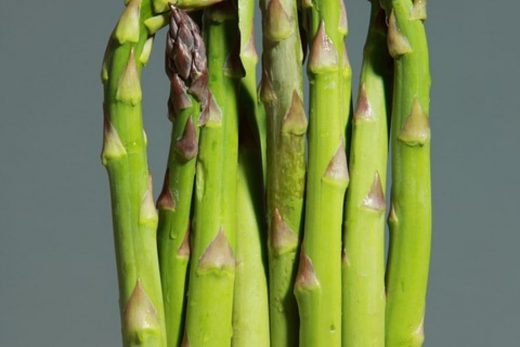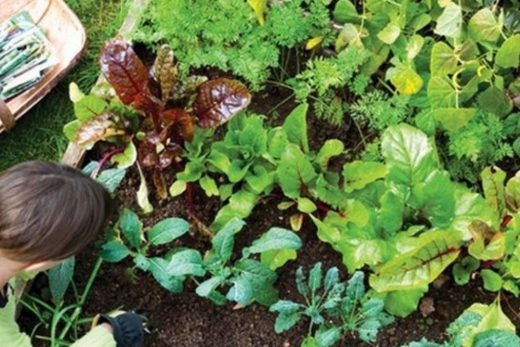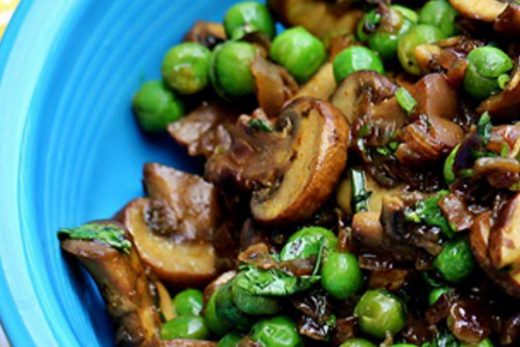But then came the British. In her paper “Black, White, and Red All over: Beans, Women, and Agricultural Imperialism in Twentieth-Century Kenya,” Claire C. Robertson writes, “The colonial administration sought to impose on Kenya the British model of agriculture, including an approved list of crops to be grown at the exclusion of all others.” Njahi was one of the foods that was to be excluded. By 1939, as W. L. Watt, the Central Province senior agricultural officer, observed, “Njahe had lost its supreme position in the Gikuyu district, due to its being limited to local markets.” The colonial administrators had introduced foreign bean species in the region—in particular French beans, which were meant for export—and established a system of taxation. Since the colonial markets didn’t accept indigenous bean varieties, and farmers needed to sell beans in order to pay the taxes that had been levied by the British, Gikuyu farmers shifted to producing beans for the export market, and no longer cultivated beans like nyagaitho, nyakamandu, ndulei, kamuiru, and wamwetha.





